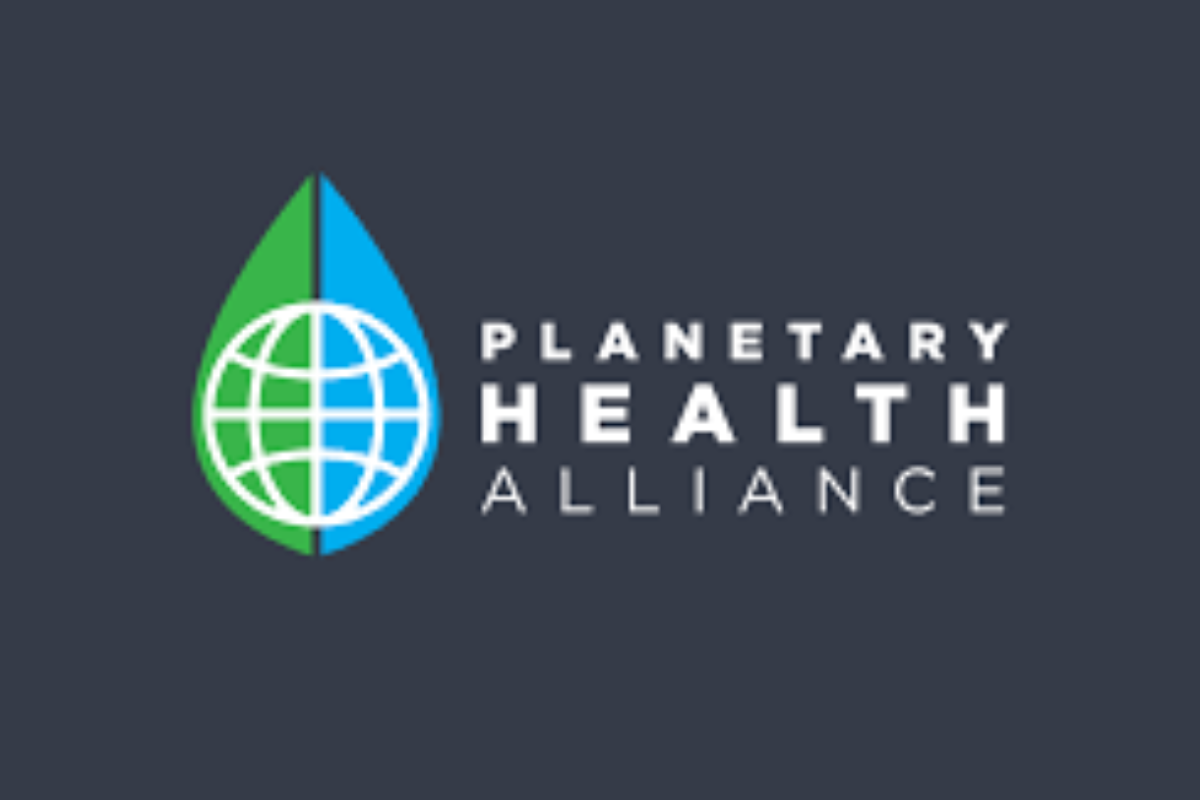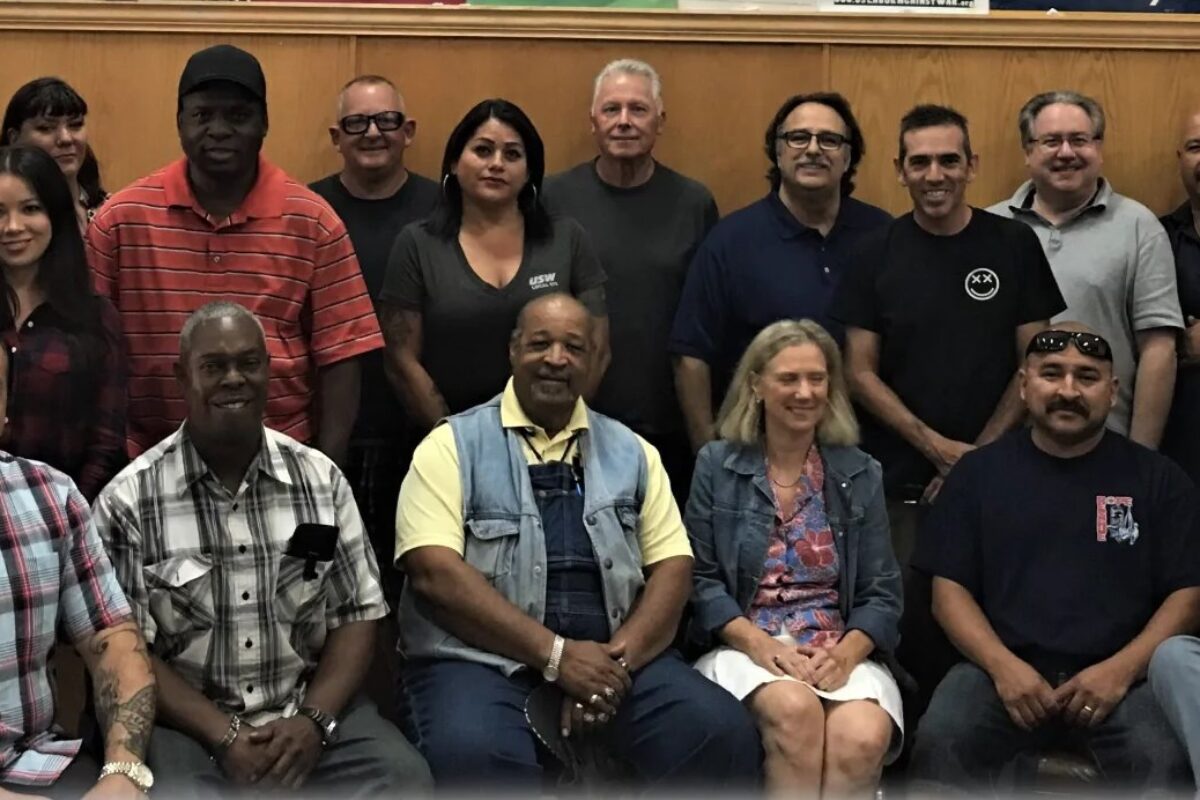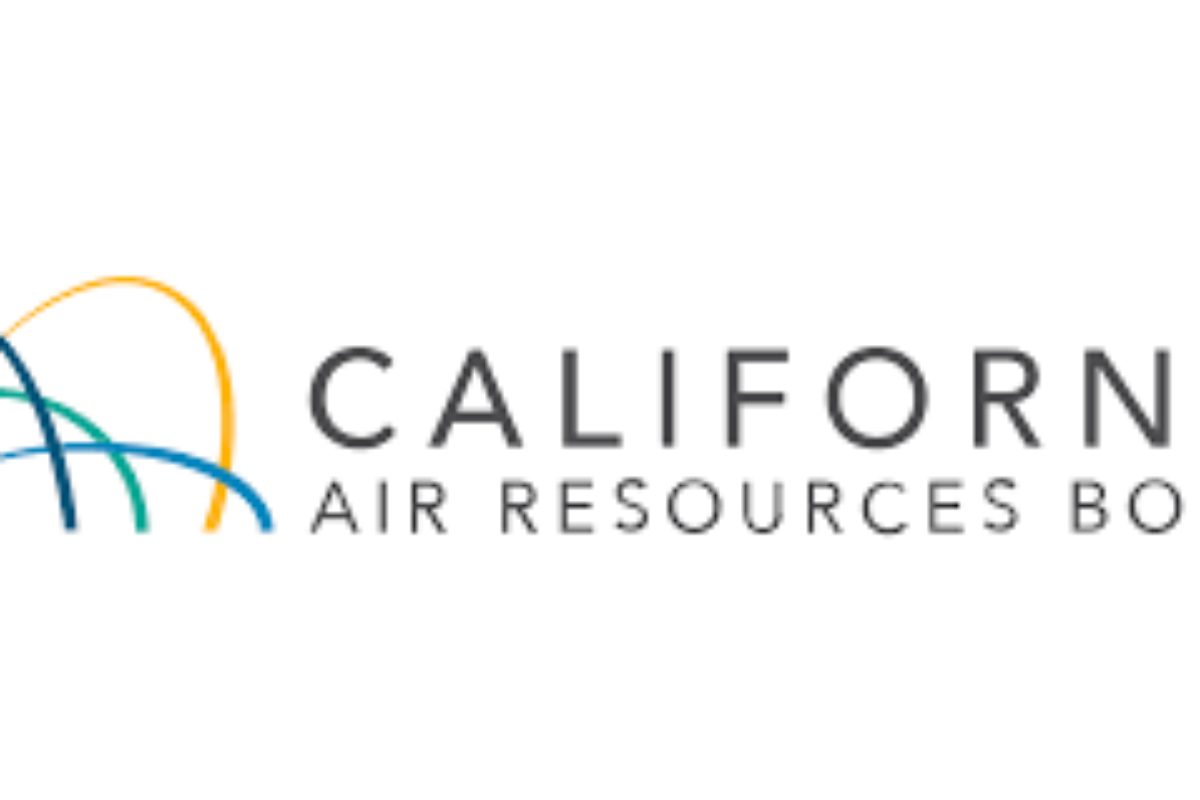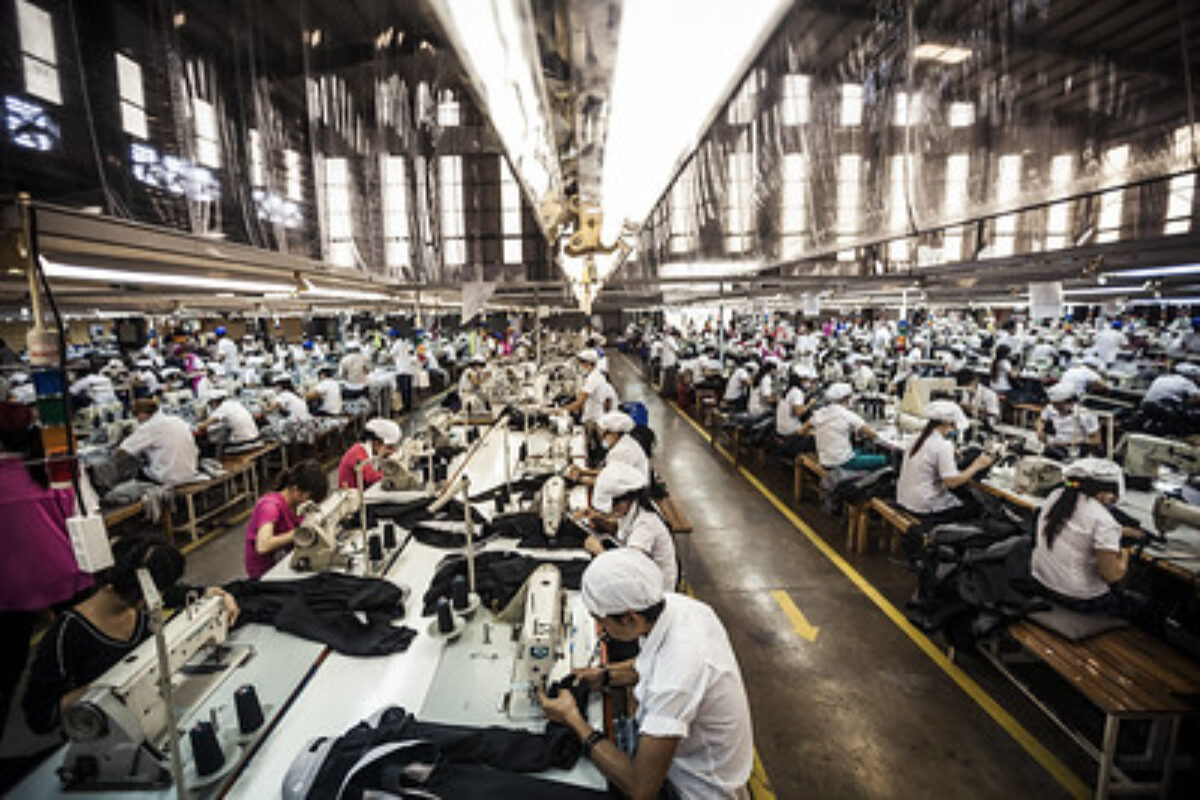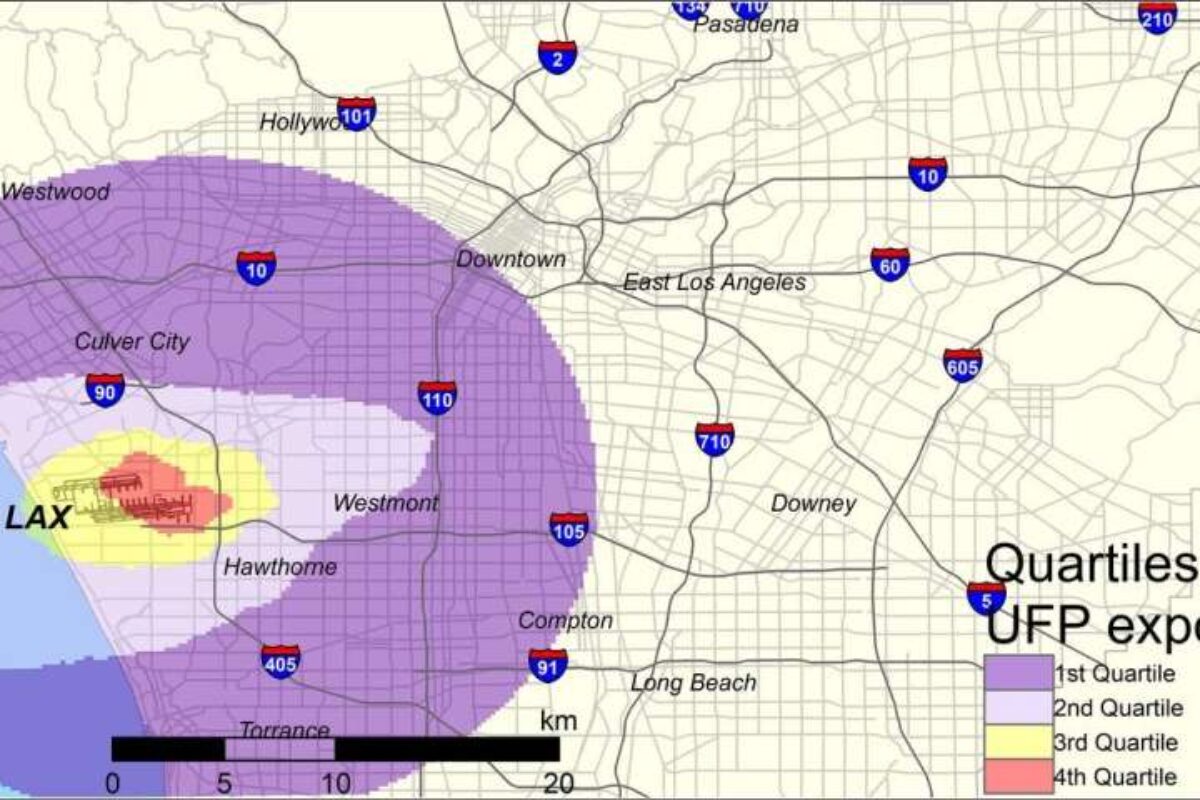Air pollution is one of the world’s top 10 health threats, and now scientists can enlist satellites, but also citizens and their devices to help fight it.
Annual Reviews President and Editor-in-Chief Richard Gallagher chats with Michael Jerrett, from the Fielding School of Public Health at the University of California, Los Angeles. He is an expert in geographic information science, for exposure assessment, and special epidemiology. They talked about air pollution, its ubiquity, its cost on human health, and the new technologies that we can use today to track it across the world. Dr. Jerrett is also a member of the editorial committee of the Annual Review of Public Health.
Annual Reviews · Tech Tools to Fight Air Pollution — Michael Jerrett
Mike, what is one compelling issue in public health for you right now?
Well, I think air pollution is a big issue. It’s the single largest environmental threat on the planet. It ranks as one of the largest overall threats to increased mortality and morbidity globally. It’s still a major problem in many parts of the world where we’ve been attacking it for 50 years or more. We still have 130 million Americans that live in areas that are out of compliance with, say, the ozone standards. Many of them are in California, where I live.
So it’s a pressing issue in wealthier countries. But when we go and we start looking at it in places like India and China, where we have these vast populations, in addition to historically, unprecedentedly high levels of air pollution, it’s a public health crisis, a real disaster in the making. It’s slow moving so people don’t always see it as something that needs immediate action. But that’s definitely an area where when we look either locally in the United States, or globally, we’re seeing some disturbing trends, where we haven’t been able to clean up as much as we would’ve liked. And then in these rapidly developing countries where we’re seeing really high levels of pollution.
And some places are getting caught in between the transition from burning biofuels for heating and cooking indoors, where the levels are maybe 10-20 times higher than ambient conditions, and that’s often affecting women and children, and then they’re also rapidly industrializing, so they’re using much more fossil fuel based energies for their electricity production, their transportation, and their cooking and heating. So all of those factors are coming together to create, I think, an unprecedented situation where the levels are increasing and they’re not projected to go down.
Now, what is the good news, I think, is that our ability to sense the environment and to monitor pollution from various new technologies has really improved. And one example is the cell phone. The cell phone, although it doesn’t directly measure air pollution, can be used to measure movements of human populations and individuals. So when we combine that with some of our more traditional atmospheric chemistry models, and other types of models that we use to look at where the pollution is at what time of the day, we can get a much better assessment of the actual inhalation that people are experiencing in various microenvironments.
And some of the studies we’ve done in Barcelona are very interesting because they show that, for example, people spend six percent of their time in transit. But in Barcelona, a lot of people are walking or biking to work or to school, and they do sell at exactly the same time that there are a lot of cars on the road. So that six percent of the time budget accounts for about 20 to 25% of their exposure, depending on which pollutant we focus in on, nitrogen dioxide or fine particulate matter that can penetrate deep into our lungs. So that’s a big advance because we’ve typically used what I’d call the “Mark Twain model” of exposure assessment where we have Mark Twain sitting there in his white suit on the porch, and we assume that he doesn’t move. He stays there all day. And when we have the ability to actually track where people are, we can start to think about what an environmental conditions we really have to change.
So are these studies an example of community involvement in science? Or do you have members of the public using their cell phones to do assessments?
Yes it is possible and we have seen studies where people are… There was an interesting study across Europe where people basically pointed their cell phones at the sky and took pictures at the same time of the day and they had thousands of volunteers, and they were able to sense the aerosol, so the particles that are in the air, from the reflectance of the photos. So they assembled a European-wide assessment of exposures based on these individually volunteered pieces of geographic information. We’re also seeing a very rapid evolution and low cost sensors.
So there’s something called the PurpleAir network now, and it has thousands and thousands of people hosting monitors, which cost about $250 U.S. And right now, I think, in the United States, we might have about 1500 particle monitors that are run by government and we have about 4,500 that are being run by citizens and by researchers. And they’re producing data that’s not perfect, but it’s a lot better to have a lot of sensors that might be somewhat flawed than just one or two sensors across an entire city.
So that’s been a big change and that’s really changing the way that we look at pollution distributions and the way that we try to warn the public. And it’s also informing people about the risks that they face. And I think it shifts the balance of power away from governments and industry, who have typically had the resources and control the information flow to the citizenry of the people that are hosting these monitors, and then it’s feeding into the world wide web and being processed on maps so that almost anybody in a major city in the United States can find a monitor that’s within maybe a kilometer of their house, and they can get a much better sense of what the air pollution they’re likely to face is.
During wildfire events in California, we’ve had the three biggest wildfires in our state’s history in the last year, I rely on these monitors to protect my family and myself from the exposures by closing windows and putting on air filters during the stream conditions that we’ve seen where the levels here during the wildfires go up to levels that we might see in very polluted places like Beijing, China, or new Delhi, India. So that’s another big shift in the way that the citizens are contributing and harnessing this collective information to try to protect public health.
We’re also starting to use these data a lot in research studies because we can put out more sensitive monitors that measure things more precisely and maybe more of the chemical species that we’re interested in, we think they’re toxic. And then we can combine it with these low cost sensors to develop statistical models that give us a much better prediction of where the pollution is in time and space across the city.
And then I think another really big advance that’s happened, particularly in the last 10 years but really accelerating over the last five, is the advent of satellites for retrieving information on ground level particles and ozone concentrations in nitrogen dioxide. So there are many satellites now that have been launched by NASA, and sometimes private companies in other countries, where, with the proper algorithms we can extract out ground level data that’s going to then inform burden of illness assessments across the entire globe. And that’s how we know now that the biggest single environmental cause of death and disability is air pollution, because we’ve been able to use these satellites to assign exposures to places where we really don’t have many ground monitors.
And when you look at Africa in particular, it’s really amazing that they probably have less than 20 ground monitors for the entire continent, whereas the city of Los Angeles has about 42 government monitors and literally hundreds of those PurpleAir monitors. So that is, I think, starting to inform about the magnitude of the problem, but it’s also something that we can start using in health studies. And part of a mission that’s being led by the Jet Propulsion Lab under the leadership of David Diner. It’s funded by NASA, and essentially it’s a satellite that allows for chemical differentiation of the particles from space at one kilometer grids.
And we’re targeting 40 cities around the world, and one of them is in Ethiopia Dama, and then we’re going to look at Addis as well, the capital city. And we’re going to use these satellite retrievals to link to birth records to try to understand why Ethiopia has the highest rate of hypertension during pregnancy and preeclampsia, which are both big threats for the mother because her chance of dying during the pregnancy or while giving birth goes up, and of abnormal development for the baby because it disrupts the placental connection between the mother and the child.
So there’s a good example of how this global technology is going to be used to hone in on local areas where we just couldn’t have done these kinds of studies in the past. And we’re going to learn a lot more about what aspects of air pollution, whether it’s different chemical species like elemental carbon or sulfate or nitrate or organic carbon, which ones of those seem to be most toxic when we start comparing across these 40 cities. And we do have a lot of coverage in the United States as well for that study, a lot of the central, Eastern part of the U.S. and California where we included.
So for the regular citizen, outside of an extreme event like a local forest fire, should we be regularly monitoring air quality through particular websites to see what’s going on, and take appropriate…
Yeah. I think for people that can afford to monitor their own pollution, another thing that they want to think about is monitoring their indoor environments. Because even in a wealthier countries like the U.S., or parts of Europe or Canada, many people have malfunctioning natural gas appliances that they’re not burning efficiently or they’re not vented properly, so you’ll see incredibly high levels of pollution indoors. And that’s something that can be taken care of by either electrifying the appliances or making sure that they’re properly vented and they’re burning properly.
So I think using the PurpleAir website is going to give you a lot more information than you’ll get out of government websites. But if you can’t afford to have your own monitors, because you also want to think about where you know you’re spending about 68% of your time indoors at home, and about 90% of your time in total, is in the indoor environment. So that’s an important source of exposure as well.
The other thing that the sensors are starting to allow people to do is to get messages when they are going and interacting through the environment so that essentially if somebody is entering into areas that are likely to be polluted, they can have cell phone messages that will tell them, “You’re going into an area that’s polluted. Maybe this is not the best place to go jogging,” where you’re going to really increase your respiration rate.
And then on top of all these other sensor developments, there’s some very interesting advents in biomonitoring. So I work with people in San Francisco that have developed a company called Propeller Health. They have an FDA-approved system that links to a cell phone and has a rescue medication, asthma puffer that whenever anybody takes a puff, we know where they are. And we know the time, and then there’s something about recording their symptoms so that they can go on the phone and say it was really bad. And what we’re trying to do now is to reconstruct where the environments are that cause their asthma symptoms to flare up so that we can develop individualized messaging and individualized protection for patients who are using these Propeller Health puffers in the future so that we can warn children not to go into certain environments that seem to trigger their asthma.
So I think we’ll see a lot more of those biomonitoring type devices evolving over the next five years or so. And some of it is also being driven by telemedicine, so there’s a big interest in having telemedicine distributed more widely to populations in rural areas. And part of that is having this real time symptom reporting. But I think I’ve talked to a lot of physicians there. They’re starting to get this information coming into the clinic, but they’re saying, “Wait a minute, it’s too much.”
So another aspect of our challenge now when we have these literally billions of data points that come in, whether it’s from the phones, from the satellites, from the asthma puffers, is how to filter that and distill it down into a way that’s going to be something that’s useful to patients, useful to practitioners, like medical doctors and nurses, and useful to the general public.
How do you think that will be organized?
Well, it’s an emerging area of research. We talk about big data. This is very big data and it’s a multidimensional data that’s what statisticians call misaligned. It’s coming at different times at different scales, so I have a National Institutes of Health grant with the Chair of Biostatistics at UCLA Sudipto Banerjee, where we’re working on statistical algorithms to work with this misaligned big data so that we can pull signals out of it without having the noise just overwhelm all of what we’re looking at and trying to get something useful for exposure assessment and for associating those exposures to health.
Fantastic. Professor Jerrett, thanks very much.
My pleasure.
Read the full transcript here
Richard Gallagher is the President and Editor-in-Chief at Annual Reviews. You can find him on Twitter as @RichardG_AR or email him at rgallagher@annualreviews.org.

